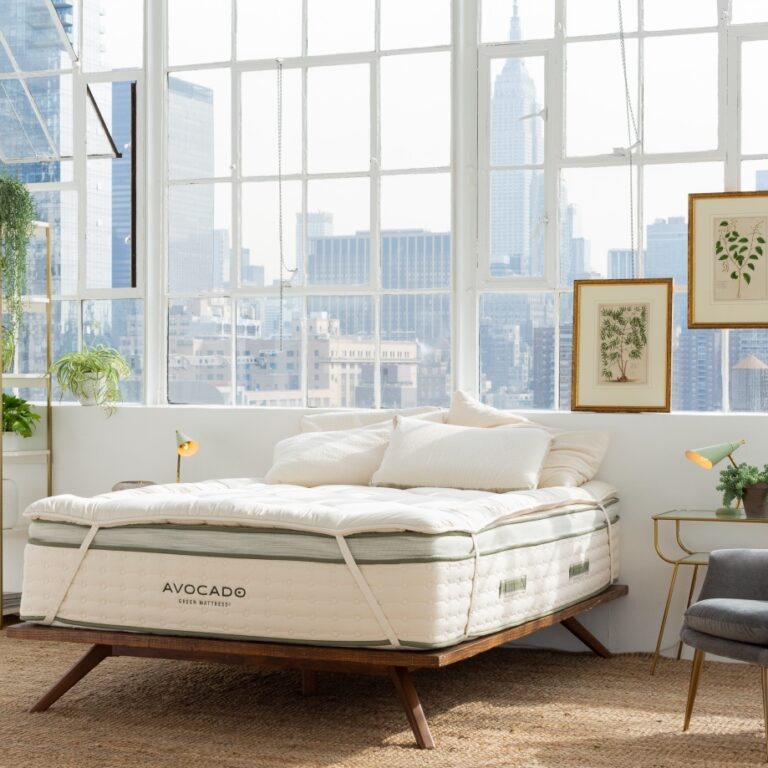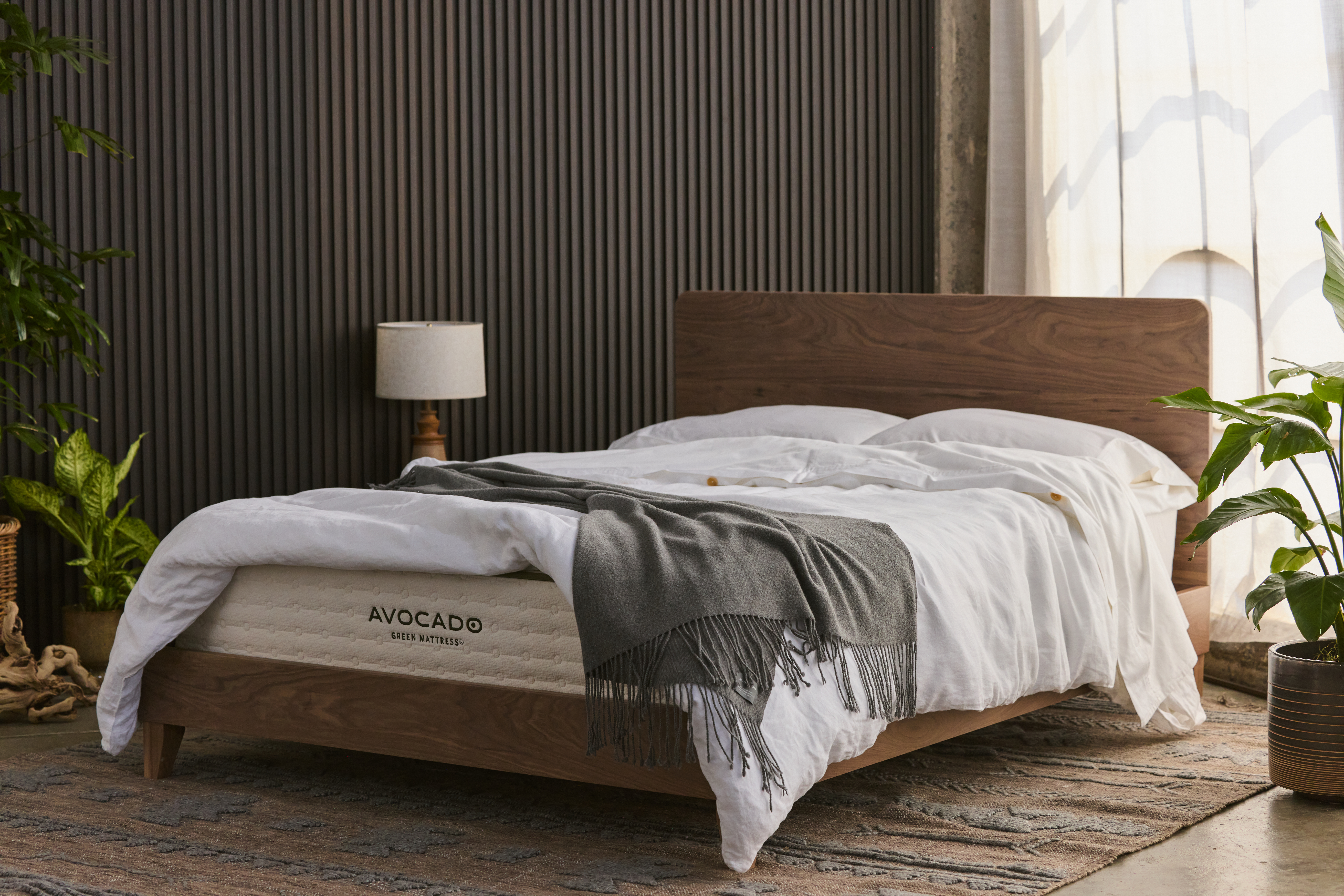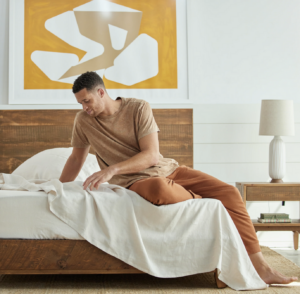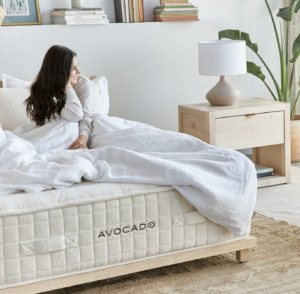Pre-parenthood, I had sleep in the bag. I’d drift off to the land of Nod and blissfully stay there through the night, beauty rest intact. Now, it’s a different story, with my light-sleeper toddler and revenge procrastination disturbing my once predictable sleep schedule. So, like most Americans who feel that a good night’s snooze is an elusive luxury, I’ve been on a quest for it. Well, we’ve officially entered the era of sleep optimization in which the Oura Rings of the world have stepped in alongside the more traditional melatonins and white noise machines. From sleep trackers to hotel “Room to Dream packages” to mouth taping, there’s no shortage of solutions promising improved shuteye. But which ones actually work? Here sleep experts break down the 2025 sleep trends and let us in on the ones worth putting to the test (plus, tips if you do want to try them).

Read more: Why Midlife Women Can’t Sleep—And What To Do About It
1. Sleep divorce
Despite the controversial name, the agreed-upon terms of a sleep divorce aren’t divisive. Instead, sleep divorce describes a mutually beneficial arrangement that entails partners sleeping apart—be it in separate beds or rooms—in the name of getting better rest. For that reason, Andrew Colsky, JD, LPC, LMHC, a behavioral sleep medicine clinician and host of the radio show Sleep Science Today, prefers to refer to the practice as an “individualized sleeping plan;” while you love your partner, your sleep may not be compatible. “Many people find that issues, such as snoring, different work schedules, tossing and turning, and temperature differences, drive a wedge between bed partners and make it difficult to get restful sleep,” he says. “Sleeping in different beds does not mean that you can’t be in the same bed for intimacy or cuddle time. It just means that each partner is following a plan that helps them both get restful sleep.”
Based on research from the Sleep Foundation, about 53% of people who have tried a sleep divorce reported that their sleep quality increased. Kenny Timper, a certified sleep science coach at Sleepopolis, agreed that sleep divorce can be a game-changer if one person consistently wakes the other. “Sleep divorce can actually improve both sleep and mood, which can help a relationship in the long run,” he says. Taking a cue from “Relationship 101,” what makes sleep divorce work is maintaining open communication.
Timper’s tips, if you decide to try it:
- Start with a sleep trial and try sleeping apart for just a few nights a week to see how you both feel.
- Focus on fixing the issue, not the person. For example, if snoring or different schedules is the concern, address that directly.
- Keep intimacy and connection outside of sleep a priority so the shift doesn’t feel like rejection.
2. Sleep trackers
If you’re into numbers and data, sleep trackers might just be the validation you need when it comes to your sleep habits (or lack thereof). “Sleep trackers are devices or apps that monitor your sleep patterns, usually using sensors to detect movement, heart rate, breathing, and sometimes skin temperature or blood oxygen,” Colsky describes. Simply put, they’re meant to help the user get a convenient snapshot of their sleep.
Whether you opt for a wearable (e.g., a smartwatch or fitness band, like Fitbit or Oura Ring), non-wearable (e.g., an under-mattress sensor or smart pillow), or app (which uses your phone’s mic and motion sensors, like Sleep Cycle or Pillow), Colsky says sleep trackers can provide a general picture of your sleep duration and quality. “Some are helpful, especially if you’re trying to identify patterns like sleep fragmentation [think: frequent interruptions or arousals during sleep] or timing,” Timper says. “But they’re not perfect and shouldn’t replace how you feel. If you wake up rested, that matters more than what your tracker tells you. It is good to use as a tool, but not something to obsess over.”
Timper’s tips, if you decide to try it:
- Use recurring themes, not individual nights, to guide your habits. One bad night isn’t a red flag.
- Pick a tracker that prioritizes recovery metrics, not just time in bed.
- Don’t obsess over the data, and if your tracker stresses you out, it’s doing more harm than good.
3. Sleep tourism
Gone are the days vacations revolved around adventure. Based on a recent survey done by hotel chain Hilton, the number-one reason people currently want to travel is to rest and recharge. “Sleep tourism is a travel trend focused on improving sleep quality and overall well-being,” Colsky says. “Instead of partying all night or rushing through city tours, sleep tourists seek destinations, resorts, or experiences that prioritize stepping away from stress, burnout, and work to improve their sleep. The goal? Returning from vacation not just entertained, but deeply rejuvenated.”
Colsky explains that the tourism industry has responded by offering sleep-enhancing amenities and packages that optimize a major reset, and we’re not just talking high-thread-count sheets and pillow menus offering different firmness options (they’re the bare minimum). Whether it’s sleep-themed spa treatments, sleep assessments (e.g., tracking brainwaves, breathing, etc.), customized sleep programs with expert consultants, sleep-conducive environments (e.g., blackout curtains, cooling mattresses, soundproof rooms), or guided therapies (e.g., cognitive behavioral therapy for insomnia (CBT-I), meditation, breathing exercises), you can think of it as a “sleep vacation,” as Colsky refers to it, where better sleep is top of mind. “It’s more of a luxury wellness trend, but the takeaway is that the sleep environment matters,” Timper points out. “While you don’t need to go on vacation to sleep better, you can replicate some of the ideas at home: cooler temperatures, blackout curtains, soundproofing, and better sheets.”
- Look for sleep-focused travel spots that offer sleep coaching, spa treatments, or guided relaxation.
- Try a one-night stay at a hotel or Airbnb with blackout curtains, white noise, and quality bedding to see what improves your sleep.
- Take notes on what worked in that environment that you can recreate at home.
4. Mouth taping
Mouth taping is just what it sounds like: placing (a medical-grade, hypoallergenic) tape over your mouth while you sleep. The point is to encourage breathing through your nose rather than your mouth. According to Timper, the idea is that nasal breathing is better for nitric oxide production (which relaxes blood vessels, making way for blood, oxygen, and nutrients to flow throughout the body effectively and efficiently) and sleep quality. “This concept has been around for a very long time with some roots in functional dentistry and pulmonology when mouth breathing was to be discouraged,” Colsky states.
Fast-forward to today, and mouth taping has re-emerged as a sleep hack with touted perks, like better sleep quality, reduced snoring, fewer cavities, heightened focus, and even a tighter, more lifted jawline. Although mouth taping can be effective when used to address mild cases of snoring and to promote nasal breathing when sleeping, Colsky warns that the science behind mouth taping is scarce. It also poses some risks if you have any contraindications, such as a blocked nasal cavity or moderate to severe mild obstructive sleep apnea (OSA), as it can block airways and cause distress. Bottom line: If you have any trouble breathing through your nose, pass on mouth taping.
Timper’s tips, if you decide to try it:
- Use medical-grade tape designed for skin to avoid irritation. Don’t use duct tape or anything too strong.
- First test it during the day while reading or watching TV to make sure you can tolerate it.
- Talk to a doctor if you snore heavily or suspect sleep apnea as mouth taping won’t fix a blocked airway.
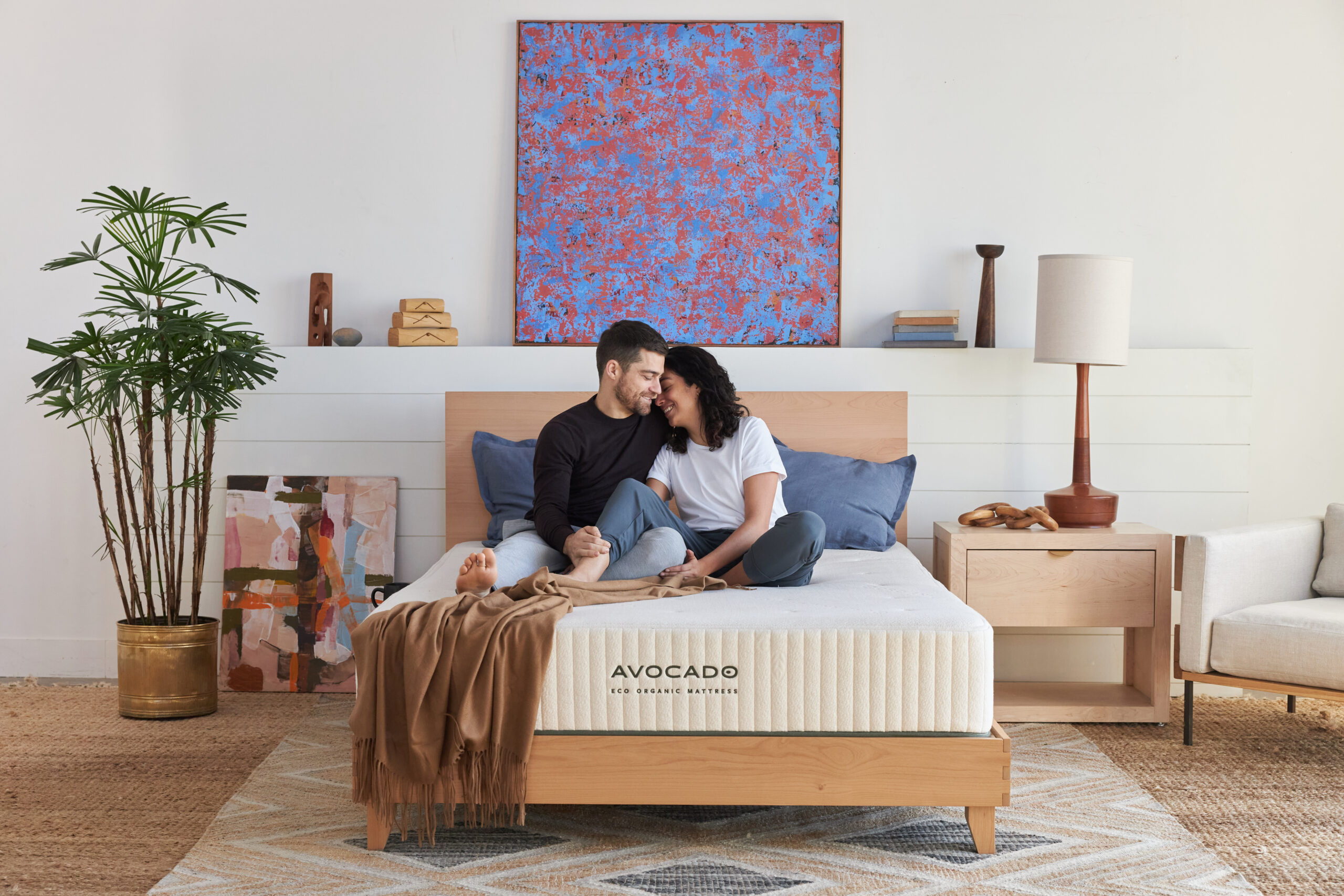
Read more: Unwind With These Bedtime Yoga Stretches For Better Sleep
5. Grounding sheets
“Grounding sheets (also called earthing sheets) are bed linens woven with conductive materials, like silver or carbon threads, that plug into the wall,” Colsky says. Following the example of the therapeutic practice that involves walking barefoot outdoors, these sheets are designed to connect your body to the Earth’s natural electric charge while you sleep, allowing your body to absorb its electrons. Proponents believe that direct physical contact with the Earth can neutralize free radicals, reduce inflammation, lower cortisol (the stress hormone), balance circadian rhythms, boost sleep, and enhance recovery and energy levels, Colsky lists.
But what does science say? Timper states that there’s very little solid evidence to back up the claims, and of the supposed benefits, most come from small, poorly-designed studies. As for whether you should try grounded sheets, Colsky and Timper’s stance is that if you believe in the notion and it helps you relax, there really is no downside. However, it’s likely just a placebo effect and unnecessary for better sleep.
Timper’s tips, if you decide to try it:
- Choose OEKO-TEX or similar-certified sheets to avoid chemical exposure.
- Pair grounding sheets with basic sleep hygiene, such as a cool room and a consistent sleep schedule, so you’re not relying solely on the sheets.
- If you’re using the kind of grounding sheets that plug into a grounding outlet, make sure your wiring is up to code to avoid any electrical risks.
6. Weighted blankets
As the name suggests, a weighted blanket is a heavy cover (typically 5–30 pounds) filled with a type of material to add weight. Typically, they’re made with glass beads, plastic pellets, or grains like rice and buckwheat, making them much heavier than your average bedding. They provide a gentle, even pressure across the body that Colsky says creates a sensation called Deep Pressure Stimulation (DPS)—the same calming feeling you get from a hug or being swaddled.
“If you have anxiety, insomnia, sensory processing disorders, ADHD, PTSD, chronic stress, or are on the autism spectrum, you may benefit from using a weighted blanket,” Colsky says. “The concept is that they can help calm the nervous system, elevate feel-good hormones like serotonin (mood stabilizer) and oxytocin (bonding hormone) while lowering cortisol, decrease the time it takes to fall asleep, and lessen mid-night awakenings.” Timper notes that research supports the use of weighted blankets for improving sleep quality. That said, they aren’t for everyone. If you have respiratory or circulatory conditions, sleep apnea, or claustrophobia, they may actually do more harm than good because they can impede your breathing by making it harder to fully inflate your lungs, Colsky cautions.
Timper’s tips, if you decide to try it:
- Start with a blanket that’s about 10% of your body weight for comfort without restriction.
- Use it during naps or wind-down time before sleeping under it all night.
- Avoid it if you’re a hot sleeper or have respiratory or circulation troubles.
7. Red light therapy
We know that scrolling Instagram and TikTok or binge-watching Netflix—aka blue light—close to bedtime is a big no-no, but the opposite can be said about red light. “Red light may support natural melatonin secretion, the hormone that helps us feel sleepy, unlike blue light (from screens) which suppresses it,” Colsky says. “This, in turn, helps to improve and realign our circadian rhythm. It’s thought to gently entrain our biological clock, especially when used at night as a signal to the body that it’s time to wind down.” What’s more, Colsky cites that some studies suggest it may minimize cortisol, promoting relaxation and better sleep onset. “It’s low-risk, and some people do report better sleep after using red light panels or bulbs at night,” Timper agrees. Colsky further shares that red light therapy is promising; it’s safe, non-invasive, and easy to try. “But it’s not a miracle fix,” he says. “It works best when paired with a consistent sleep routine, cessation of screen use before bed, and other stress-reduction habits.”
Timper’s tips, if you decide to try it:
- Use a red or near-infrared light device 30–60 minutes before bed for about 10–20 minutes.
- Avoid bright white or blue light from screens right after your red light therapy session to keep your circadian rhythm on track.
- Use it consistently; its advantages build with routine.
8. Sleepmaxxing
Tracking with the viral “maxxing” social media trend, sleepmaxxing is going to extreme lengths to maximize sleep, essentially doing everything you possibly can to achieve a “perfect” night of sleep. While you may have some semblance of a nighttime routine or experiment with sleep tricks here and there, sleepmaxxing ups the ante with habit-stacking meant for sound Zzzs. It can look like using sleep apps or tracking gadgets, following strict pre-sleep rituals (e.g., dimming lights, limiting screen time, and putting on mouth tape), taking supplements, and pulling out all the stops to optimize your sleep environment (e.g., blackout curtains, white noise machines, weighted blankets)—all at once.
“The problem is that it can become obsessive, and stressing over sleep can make it worse,” Timper says. “Good sleep hygiene is important, but chasing perfection can lead to anxiety and even orthosomnia (insomnia caused by obsession with sleep quality). Focus on consistency, not perfection.”
Timper’s tips, if you decide to try it:
- Keep your bedroom between 60–67°F, use blackout curtains, and limit noise for the best possible sleep setup.
- Prioritize consistency in your bedtime and wake time (even on weekends) to train your internal clock.
- Focus on recovery all day, like hydration, movement, and caffeine timing, so that when bedtime hits, your body is ready.
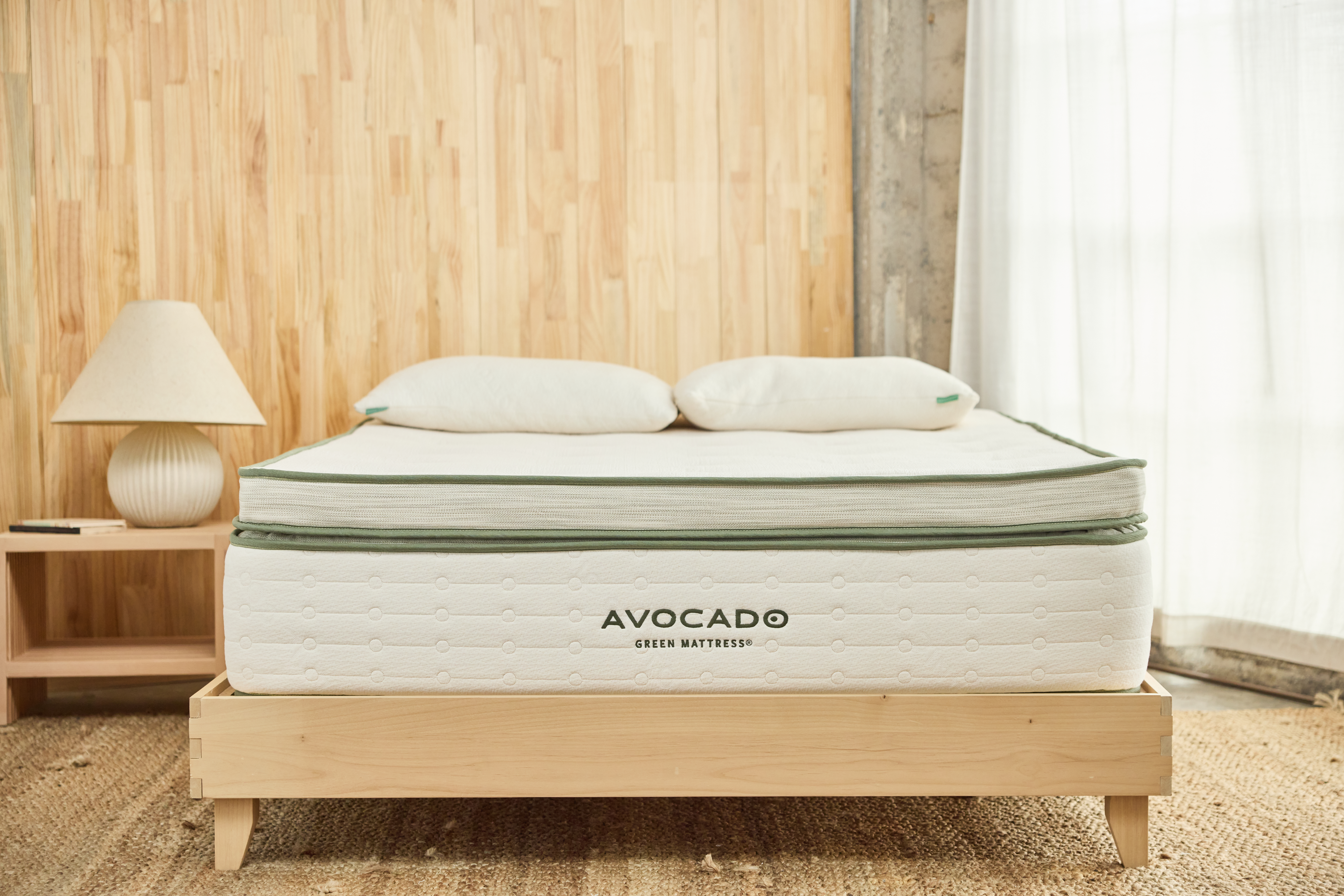
Read more: Rest Starts in the Gut: How Your Microbiome Affects Your Sleep
Have feedback on our story? Email [email protected] to let us know what you think!

Shop Pillows
The Essential Organic Pillow Collection
Gentle, breathable, non-toxic support.


